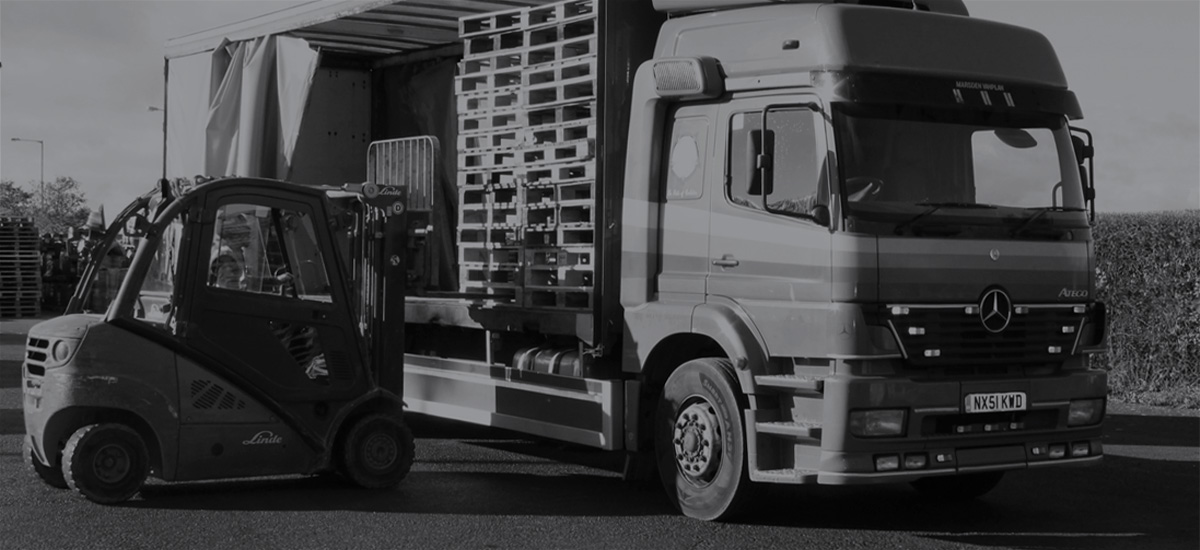Targets to reducing both waste to landfill and use of packaging in the DIY sector have been smashed by the signatories to the WRAP Home Improvement Sector Commitment (HISC). HISC was a voluntary agreement set up by WRAP running from 2009 to 2012.
The companies taking part in the incentive, including AkzoNobel UK Decorative Paints, B&Q and Wickes, have managed to significantly exceed their reduction target of 50% by diverting a massive 83% of waste from landfill.
Helping the signatories to ensure compliance with the waste hierarchy, the companies involved managed to exceed the packaging reduction target by 10%, reducing the overall amount of packaging used by 25% against the 2007 baseline. A great example of this reduction is the implementation of the reusable Carrierpac by B&Q that annually diverts 1000te of single trip cardboard and plastic packaging from landfill. Developed by Outpace Ltd, the Carrierpac delivers products such as kitchen worktops direct to customers and then is returned to the warehouse to do multiple deliveries. It has successfully reduced the amount of cardboard and plastic packaging needed and also ensures the customer doesn’t have the responsibility to dispose of this packaging waste themselves.
Liz Goodwin, chief executive of WRAP, commented: “The results delivered by the DIY sector are deeply impressive. I congratulate all the signatories on their achievements in what has been a testing time for the sector.
“Overall, the activities of all signatories have improved product and packaging design that make recycling easier. There is now clearer recycling guidance for suppliers and consumers, particularly with the greater use of the On-Pack Recycling Label in store.”
Environment Minister David Heath added: “I commend the signatories for showing real commitment by surpassing the targets of this important voluntary agreement. As these companies have demonstrated, finding ways to use resources more efficiently makes economic sense as well as delivering environmental benefits.”








